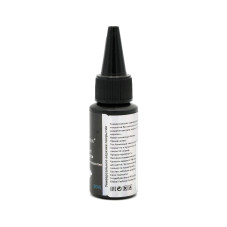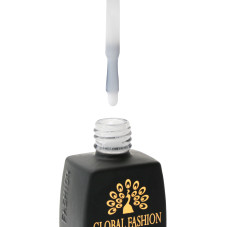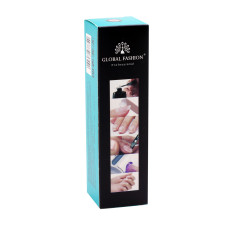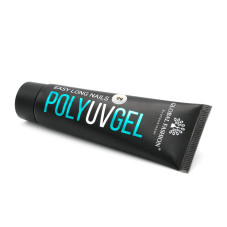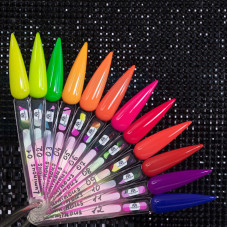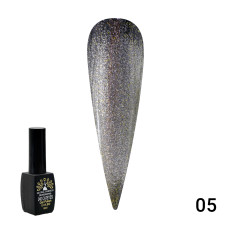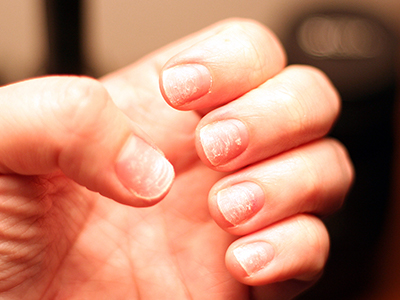6 Ways to Safely Treat Toenail Fungus at Home

Toenail fungus sounds funky, but believe it or not, it’s much more common than you think. That’s because the pesky foot issue—which most often presents as yellowing, cracking, and thickening of the nails—can be caused by everything from slower-growing nails and excessive sweating to athlete’s foot and walking barefoot in communal areas such as pools, shower rooms, gyms, and the like.
«Most infections are caused by tinea species, but can involve harder-to-treat species of dermatophytes,» says Francisco Oliva, DPM. He adds that infections usually occur when there’s a combination of issues affecting the toenail. «Sometimes there is an injury to the nail at some point,» he explains. «The effects can be delayed for months and years. Once the fungus invades the nail, the keratin layer of the nail becomes a difficult barrier to penetrate.»
What Is Toenail Fungus?
DEFINITION «Toenail fungus is usually an infection of the toenail caused by opportunistic fungi,» explains Oliva. It may cause your nail to turn a yellow or white hue, thicken, or crumble at the outer edges.
While toenail fungus can occur in people of all ages, board-certified dermatologist Marie Hayag, MD, says that it’s most common in older folks. «As the nail ages, it is prone to becoming brittle and dry, which can result in cracks in the nails that make it susceptible to fungal infections,» she explains, noting that all of the aforementioned causes can be even more of a concern as a result.
MEET THE EXPERT
- Marie Hayag, MD, is a board-certified dermatologist practicing in Manhattan. She is an assistant clinical professor at Mount Sinai Hospital and also teaches in the Dermatology Department’s surgery clinic.
- Francisco Oliva, DPM, is a Miami-based podiatrist who has been in private practice for 25+ years.
What Is Toenail Fungus?
DEFINITION «Toenail fungus is usually an infection of the toenail caused by opportunistic fungi,» explains Oliva. It may cause your nail to turn a yellow or white hue, thicken, or crumble at the outer edges.
While toenail fungus can occur in people of all ages, board-certified dermatologist Marie Hayag, MD, says that it’s most common in older folks. «As the nail ages, it is prone to becoming brittle and dry, which can result in cracks in the nails that make it susceptible to fungal infections,» she explains, noting that all of the aforementioned causes can be even more of a concern as a result.
MEET THE EXPERT
- Marie Hayag, MD, is a board-certified dermatologist practicing in Manhattan. She is an assistant clinical professor at Mount Sinai Hospital and also teaches in the Dermatology Department’s surgery clinic.
- Francisco Oliva, DPM, is a Miami-based podiatrist who has been in private practice for 25+ years.
Nevertheless, because developing a toenail fungus can occur at all ages, we reveal the best ways to treat toenail fungus at home, below.
1. APPLY SNAKEROOT EXTRACT
According to a 2008 study, routinely applying snakeroot to toenails can help clear fungal infection.
«The study suggested that applying snakeroot extract on the affected toenails every third day for the first month, twice a week for the second month, and once a week for the third month can be just as effective as the prescription antifungal medicine ciclopirox,» Hayag explains. «This antifungal plant can be found online and is relatively inexpensive.»
When applying snakeroot extract, you can add a few drops to each affected nail directly, or soak a cotton pad or gauze and tape it to the nail for longer-lasting absorption.
2. COVER THE AFFECTED AREA IN OREGANO OIL
Believe it or not, the tasty herb can also work wonders for treating toenail fungus at home. According to a 2020 study published in the Journal of Skin Appendage Disorders, researchers found that oregano’s antibacterial properties are able to inhibit fungal growth in nails when included in an essential oil blend.
«While the effectiveness of oregano oil has only been known anecdotally, thymol—a common component of oregano oil—has been reviewed to be an effective antibacterial and antifungal agent,» Hayag says. «People with toenail fungus can apply the product to affected areas twice daily and can expect no improvement, partial improvement, or complete improvement of their toenail fungus after using oregano oil.» That said, she mentioned that oregano oil is quite potent and can cause an adverse reaction if you have particularly sensitive skin. For this reason, she recommends starting with a patch test. Additionally, to prevent an adverse reaction, consider mixing oregano oil with a carrier oil, such as olive or avocado oils, to dilute its potency.
3. SOAK YOUR FEET IN VINEGAR
Here’s another pantry item that can deliver optimal results for toenail fungal infections. According to Hayag, applying white vinegar to the fungal-infected areas can prove worthwhile, thanks to its antibacterial properties.
Similar to oregano oil, applying white vinegar topically on fungus-infected toenails has some anecdotal evidence that supports its antibacterial benefits. «Soak your foot in one part vinegar to two parts warm water for up to 20 minutes daily,» she suggests, saying that this can help with the fungus, help with just the discoloration, or it may not help at all, depending on how your toes react.
4. LUXURIATE IN LAVENDER OIL
Lavender oil is known for being incredibly calming for the senses, sure, but it’s also a great option for calming toenail fungal infections. According to a study published in the Journal of Medical Microbiology, lavender provides a powerful antifungal punch. «Lavender essential oil shows a potent antifungal effect against strains of fungi that are responsible for toenail fungus and other skin fungal infections,» Hayag explains. «When using lavender oil to treat toenail fungus, it is best to apply one to two drops of lavender oil to the affected nail and allow it to soak for 10 minutes.» After soaking, she suggests gently scrubbing the area with a clean toothbrush and repeating the process daily until the infection has been resolved.
5. APPLY OR CONSUME GARLIC
A 2019 study indicates that garlic is an antifungal powerhouse, potentially making it a gem for treating toenail fungal infections. «It is best to place crushed or chopped garlic on the affected area daily,» Hayag says. «It is important to take caution when following this remedy, as garlic has the potential to cause chemical burns to the skin.» To avoid any burns, there’s also the option of taking garlic supplements to see if that might help clear things up.
6. CONSIDER EMBRACING A HEALTHIER DIET
«It has been widely accepted that there is a correlation between a healthy diet and healthy body,» Hayag explains. «The healthier the person is, the more likely the person can fight off infections such as fungal toenail infections.» With this in mind, Hayag says that people should consider probiotic-rich foods like yogurt and high-protein foods to support nail growth, high-iron foods to prevent brittle nails, and food rich in calcium and vitamin D. «While this may not cure toenail fungus, it can help the body fight off the fungus and promote an effective healing process,» she explains.
A FINAL WORD
Knowing how to treat toenail fungus infections can come in handy. However, Oliva reminds us to manage our expectations. «The infection can take up to four to six months at a minimum to clear,» he says, noting that he recommends a podiatry evaluation if you see no positive change in that time frame. «A successful treatment can be seen if the new nail part is growing clearer over the months of treatment.»
With this in mind, as beneficial as it is to know how to treat toenail fungus should it crop up, even more so is learning how to prevent it. Hayag says the best way to do so is to wear socks that absorb sweat, wear shower shoes in locker rooms and pool areas, and practice good handwashing practices after touching your feet.
But there’s good news—even if you do develop a mild fungal toenail infection, Hayag says that for most people, it poses little to no discomfort and, in some cases, the fungus can go away on its own. «Most people can consider at-home remedies or can choose to just allow their toenails to grow out on their own,» she says. «However, if the toenail fungus is severe enough or if someone is immune-compromised, it is best to consult a professional.»
But please note: That’s for mild fungal infections. If you notice your toe is swollen, red, or tender to the touch, consult a doctor. Additionally, if your toe feels hotter than the rest of your body, begins leaking pus, or the infection looks to be extending to the skin, schedule a doctor’s appointment immediately.
Source : www.byrdie.com
Author: Rebecca Norris
Global Fashion Shop provides you with professional nail care and modeling products.
Published: 11.05.2022 15:54
Times Read: 110701
6692 bought
ID: 3678
275 с
3345 bought
ID: 3688
491 с
2329 bought
ID: 1863
343 с
1494 bought
ID: 11773
196 с
240 bought
ID: 2190
208 с
-15%
194 bought
ID: 11951
196 с
-20%






